Architectural Innovations
The Photosensitive Glass Market is witnessing a transformation driven by architectural innovations that prioritize aesthetics and functionality. Architects and designers are increasingly incorporating photosensitive glass into building facades and interior designs, leveraging its ability to control light and enhance energy efficiency. This trend is supported by market data indicating a rising demand for energy-efficient building materials, with photosensitive glass expected to capture a notable share of the architectural market. As urbanization continues to rise, the integration of such advanced materials in construction projects is likely to propel the photosensitive glass market, reflecting a broader shift towards sustainable architecture.
Rising Demand in Electronics
The Photosensitive Glass Market is experiencing a notable surge in demand due to the increasing integration of photosensitive glass in electronic devices. As consumer electronics evolve, manufacturers are seeking innovative materials that enhance functionality and aesthetics. For instance, the use of photosensitive glass in displays and touchscreens is becoming more prevalent, driven by the need for high-resolution and responsive interfaces. Market data indicates that the electronics sector is projected to account for a significant share of the photosensitive glass market, with an estimated growth rate of over 8% annually. This trend suggests that as technology advances, the reliance on specialized materials like photosensitive glass will likely intensify, further propelling the market forward.
Advancements in Medical Technology
The Photosensitive Glass Market is benefiting from advancements in medical technology, particularly in the development of diagnostic and therapeutic devices. Photosensitive glass is increasingly being employed in applications such as phototherapy and imaging systems, where its unique properties facilitate precise light manipulation. The medical sector's growing emphasis on innovative treatment methods is likely to bolster demand for photosensitive glass, with market projections suggesting a compound annual growth rate of around 7% in this area. This trend underscores the potential for photosensitive glass to play a crucial role in enhancing medical outcomes, thereby expanding its market presence.
Growth in Renewable Energy Applications
The Photosensitive Glass Market is poised for expansion as the renewable energy sector increasingly adopts innovative materials. Photosensitive glass is being utilized in solar energy applications, particularly in photovoltaic cells, where its unique properties enhance light absorption and conversion efficiency. The global push towards sustainable energy solutions has led to a projected increase in the use of photosensitive glass in solar panels, with market analysts estimating a growth rate of approximately 10% in this segment. This trend indicates a shift towards materials that not only meet energy demands but also align with environmental goals, thereby driving the photosensitive glass market to new heights.
Increased Investment in Research and Development
The Photosensitive Glass Market is experiencing a boost from increased investment in research and development activities. Companies are focusing on enhancing the properties of photosensitive glass to meet diverse application needs, ranging from consumer electronics to industrial uses. This commitment to innovation is likely to result in the introduction of new products and technologies, thereby expanding the market's potential. Market analysts suggest that the R&D expenditure in this sector could grow by approximately 15% over the next few years, indicating a strong belief in the future of photosensitive glass. This investment is expected to drive advancements that will further solidify the market's position in various industries.


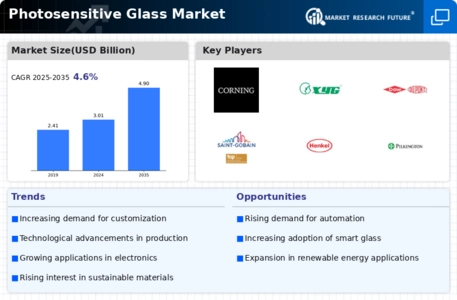

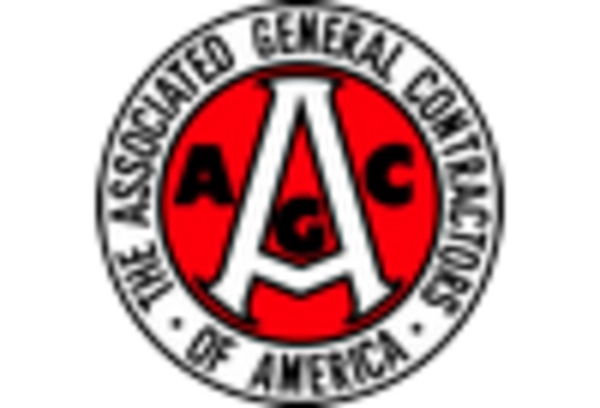
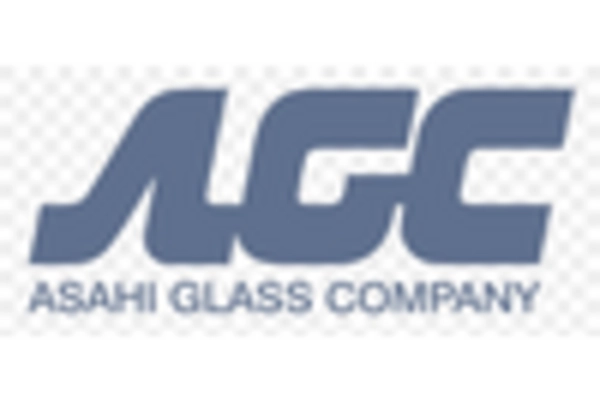

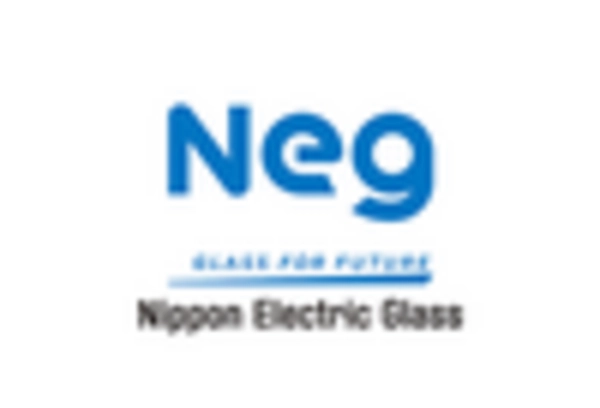

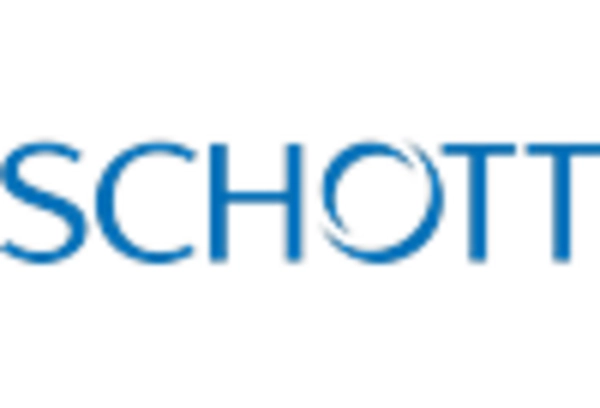








Leave a Comment